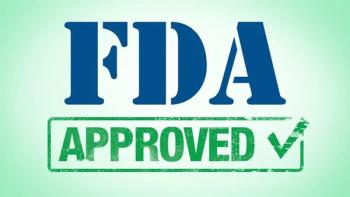
Krista Rubin Breaks Down Best Practices With Tebentafusp for Uveal Melanoma
Krista M. Rubin, RN, MS, FNP-BC, highlights how nurses can help patients with uveal melanoma anticipate and manage adverse events during the step-up dosing period with tebentafusp.
In this episode of The Vitals, Krista M. Rubin, RN, MS, FNP-BC, joins Oncology Nursing News® to discuss best nursing practices with tebentafusp-tebn (Kimmtrak) for patients with unresectable or metastatic uveal melanoma. Rubin is a nurse practitioner with the Center for Melanoma at Massachusetts General Hospital, with over 20 years of experience caring for patients with melanoma. She is also the chair of the Melanoma Nursing Initiative.
As Rubin highlights in the discussion, cytokine release syndrome and rash are some of the most common adverse events (AEs) observed with the bispecific antibody. A step-up dose is used to ease patients onto treatment. Patients are admitted to inpatient care for the first 3 infusions to observe their reactions; however, according to Rubin, after that third cycle, management of AEs becomes straightforward and if patients show positive responses, they can continue to receive a weekly dose indefinitely.
Episode Notes
The drug is it's intravenous; it is given in our outpatient clinic, however, patients are admitted to the hospital overnight. Time Stamp 6:37
If there was a serious case of CRS, then these patients would get medications, specifically tocilizumab, to minimize the effects. TS 7:38
With nurses that are able to proactively identify and know how to manage [AEs], patients can do extremely well. TS12:52
Oncology Nursing News® Online Articles:
FDA Follow-Up: Utilizing Tebentafusp in Clinical Practice for Metastatic Uveal Melanoma FDA Approves Tebentafusp to Treat HLA-A*02:01 Positive Uveal Melanoma Tebentafusp Boosts Survival in Metastatic Uveal Melanoma
The Vitals Podcast:
Video Interviews
Newsletter
Knowledge is power. Don’t miss the most recent breakthroughs in cancer care.


















































































